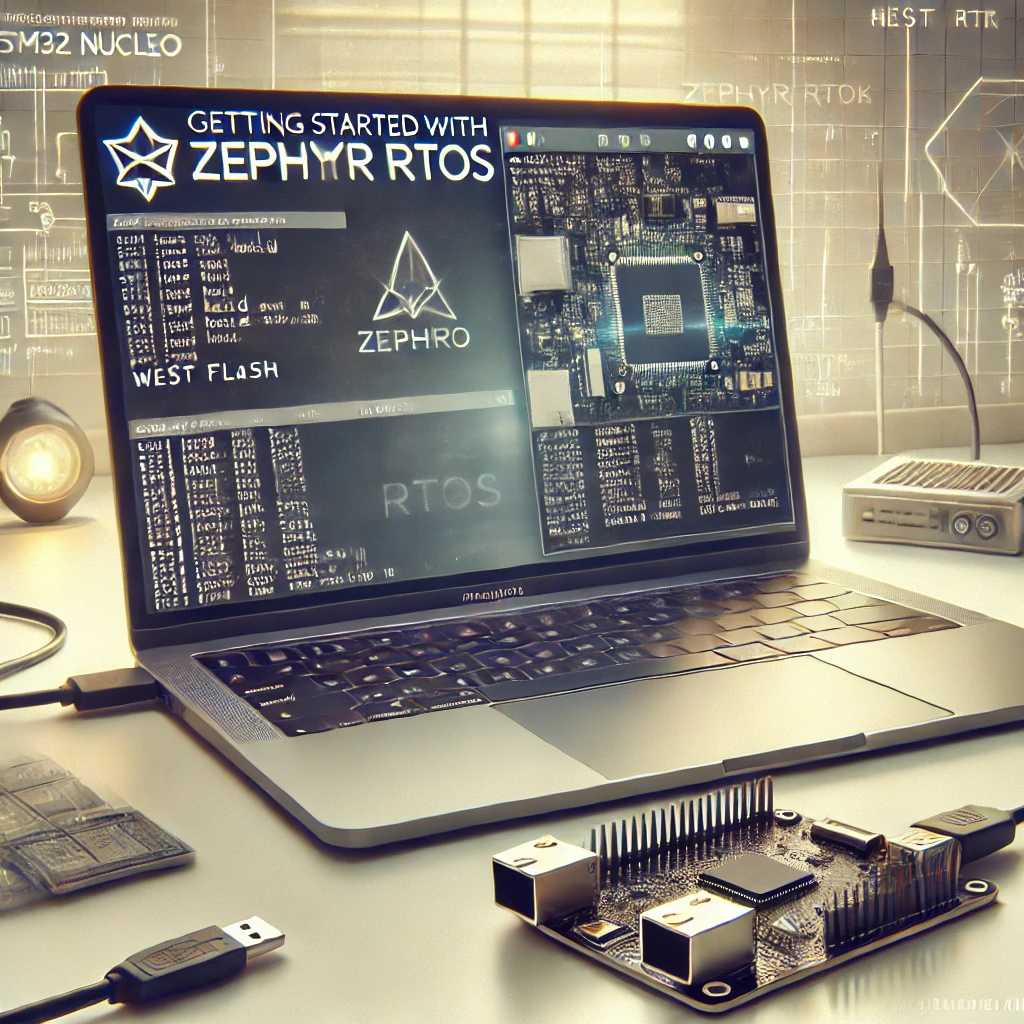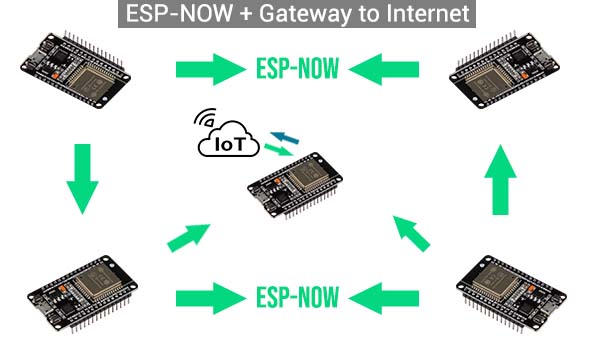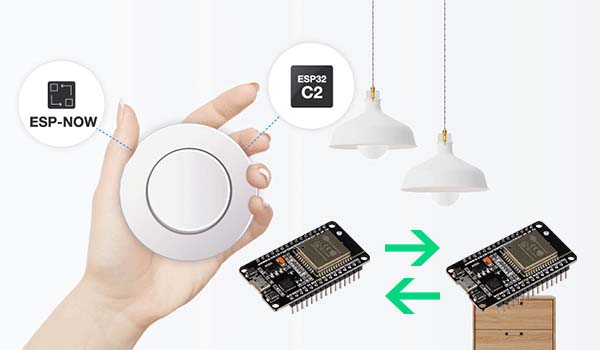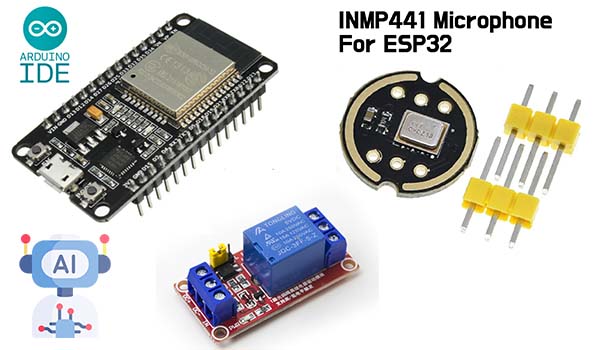Ever since I got my first ESP32 board, I’ve been obsessed with the idea of building my own smart assistant — something like Alexa or Google Home, but completely offline, DIY, and way more under my control. No cloud processing, no big tech snooping on my commands — just aes tiny, powerful microcontroller listening for voice commands and flipping real-world switches.
It started with a simple idea: What if I could talk to my house and it actually listened? Like, literally say “lights on” and see the lamp click on, no phone, no app — just voice and code.
So I grabbed an ESP32, a microphone module, some relays, and dove head-first into the world of embedded AI. In this project, I’ll walk you through how to build a voice-controlled smart home assistant using nothing but an ESP32, a few common components, and a bit of clever on-device machine learning.
We’re not just talking blinking LEDs here. This is real, usable voice control — trained to recognize your commands, process them locally, and trigger anything from lamps to fans to coffee machines. And the best part? No internet required.
If you’re the kind of person who loves combining wires, code, and a bit of magic to bring your environment to life — you’re in the right place.
Read more










